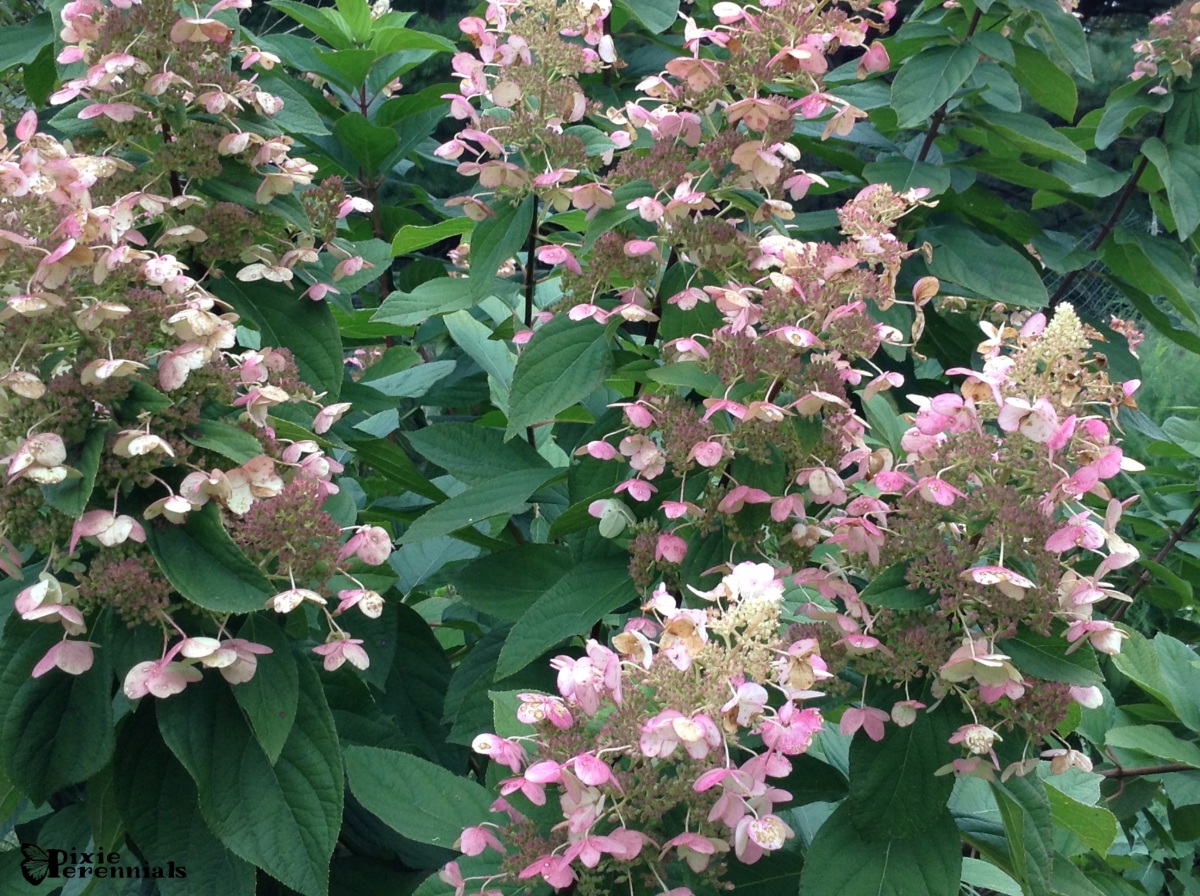If your property does not have an automated irrigation system and you have not watered your turf regularly this summer, you may have noticed it is turning brown, indicating it is reacting to the impact of the summer drought we are in the midst of here in the northern Chicagoland area. Your grass has a natural drought defense system which shuts down the expendable parts of the plant in an effort to keep its roots alive, hence the brown coloration at the surface. The good news is, turf grasses are resilient plants and can survive a long time without water. The bad news is, not only does the brown grass not look good, the dormant grass will become more susceptible to invasive weeds and crabgrass which tend to find room to root and grow in the stressed turf. Generally, though, once moisture returns, most grasses will recover without leaving permanent damage. The weeds and crabgrass can be treated, and your once beautiful lawn should be restored.
The simplest and best practice that we have found for helping the turf survive and recover from the effects of a drought, if regular watering is not an option, is to make some simple adjustments to our mowing operations. We raise our mower blades slightly, to 3″ – 3.5″, to minimize the heat/sun exposure of the root systems of the turf that results from mowing too low in these hot, dry conditions. Additionally, you will find that we will forgo mowing whenever warranted, on a given visit, if the grass has gone dormant and has not grown sufficiently to necessitate a mowing. This will prevent the potential damage that could be done to the dry, brittle grass blades as the heavy mower wheels roll over them. The added benefit of not mowing is the extra time we can spend on your property detailing and performing more labor-intensive gardening operations.
Furthermore, the longer grass blades will shade the ground underneath, keeping it cooler and inhibiting water evaporation. The granular fertilizer we apply during your lawn care visits will stimulate new growth once rain returns or the lawn is watered. If you are going to water your lawn, you must be consistent. If you cannot deeply water your lawn one inch or more per week, it is better to let your lawn go into a state of dormancy. Light, infrequent watering can do more harm than good as it encourages shallow root growth which then makes the turf even more susceptible to disease and insect infestations during periods of stress. So, it is best to commit to keep up with the watering or let it go and wait out the drought.
When temperatures start to cool down and rainfall increases, your lawn should come out of dormancy and begin to recover. The turf plants will start growing new roots and new plants will germinate to replace those that were damaged or even killed during the summer. Core aeration and over seeding in the fall are two great ways to help your lawn recover from a tough drought season, like the one we are currently experiencing. Strengthening the roots is critical to maintaining healthy turf, and the core aeration process will open the lawn to provide more air, water and nutrients into the turf root zone. Following up the coring operation immediately with over seeding will help to generate new seedlings to fill in sparse areas. Grass seed needs to come in contact with soil and receive adequate moisture to remain viable once the germination process begins. A good portion of the seed will end up in the core holes, which ends up being a great place for the seed to germinate. The soil in the core holes will remain moist and cool, and the seed will have a much better chance of germinating.
Kevin T Block












